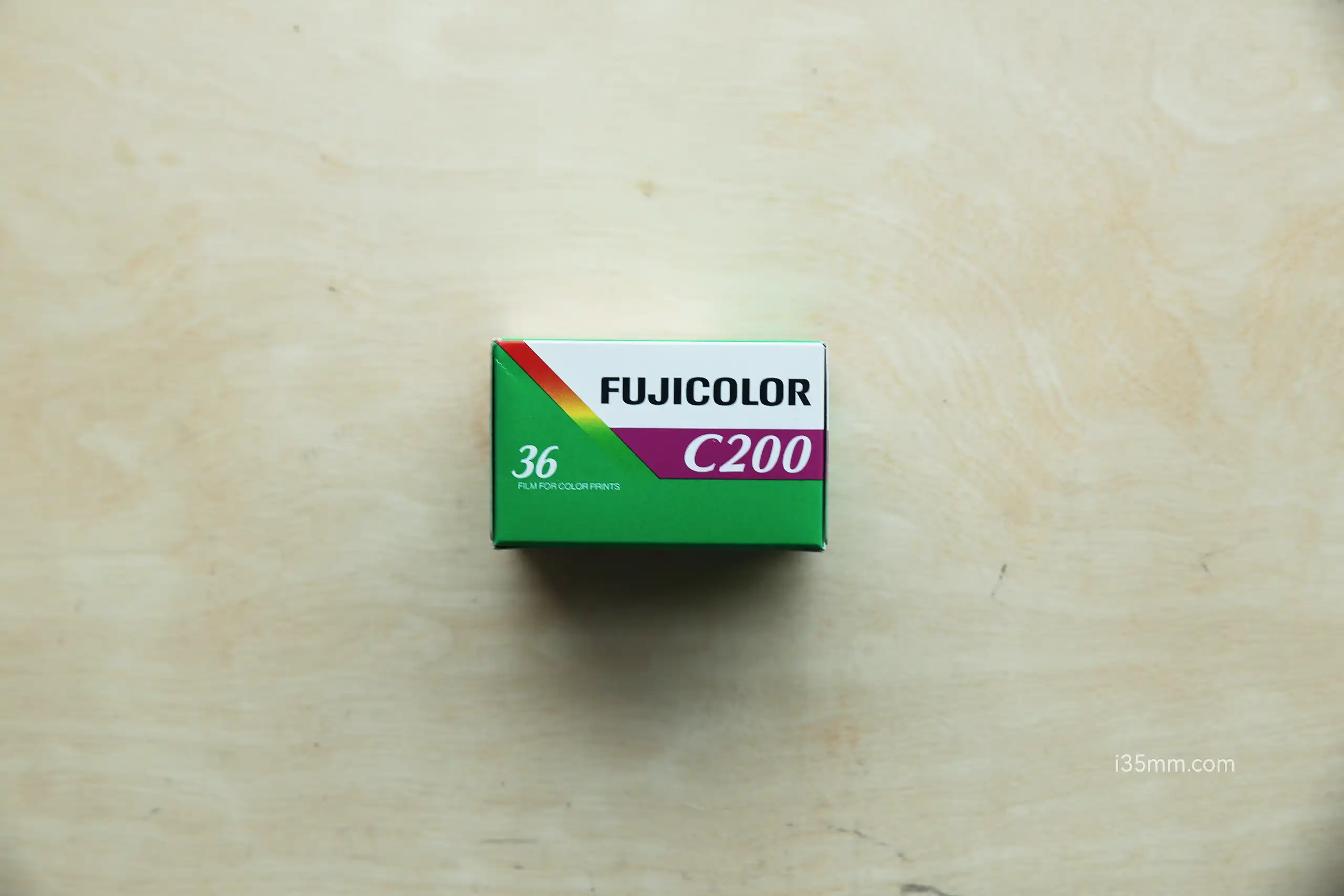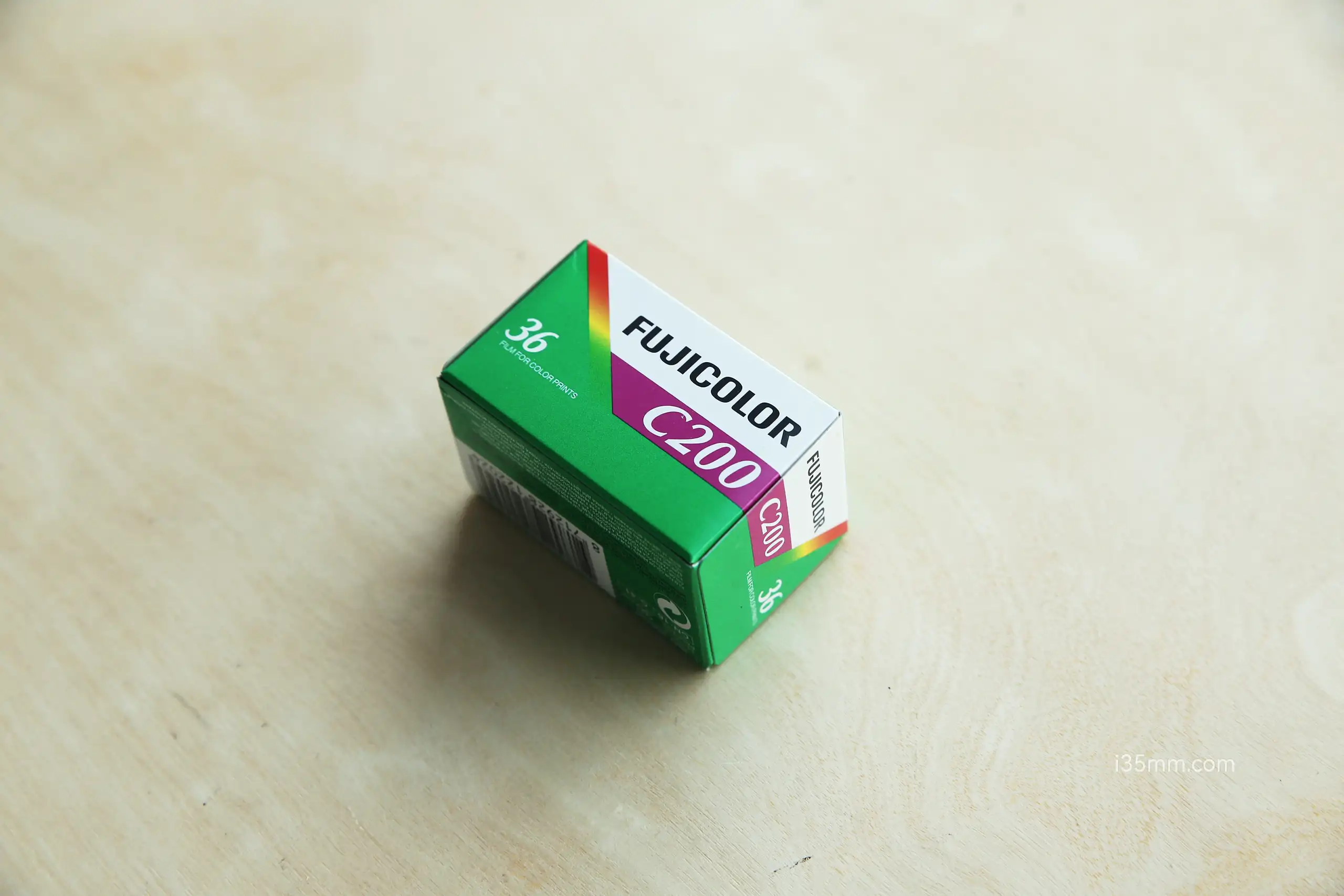

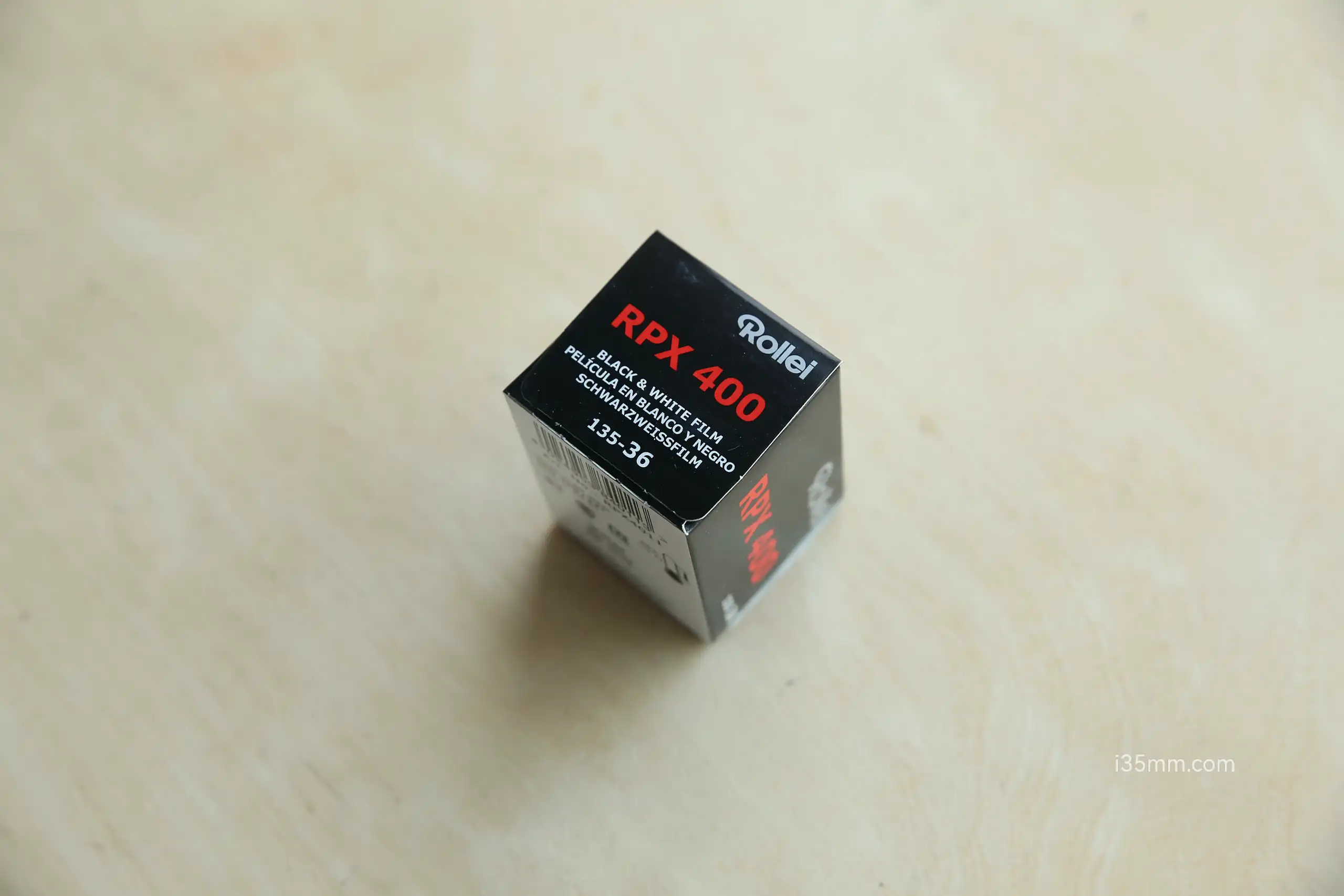
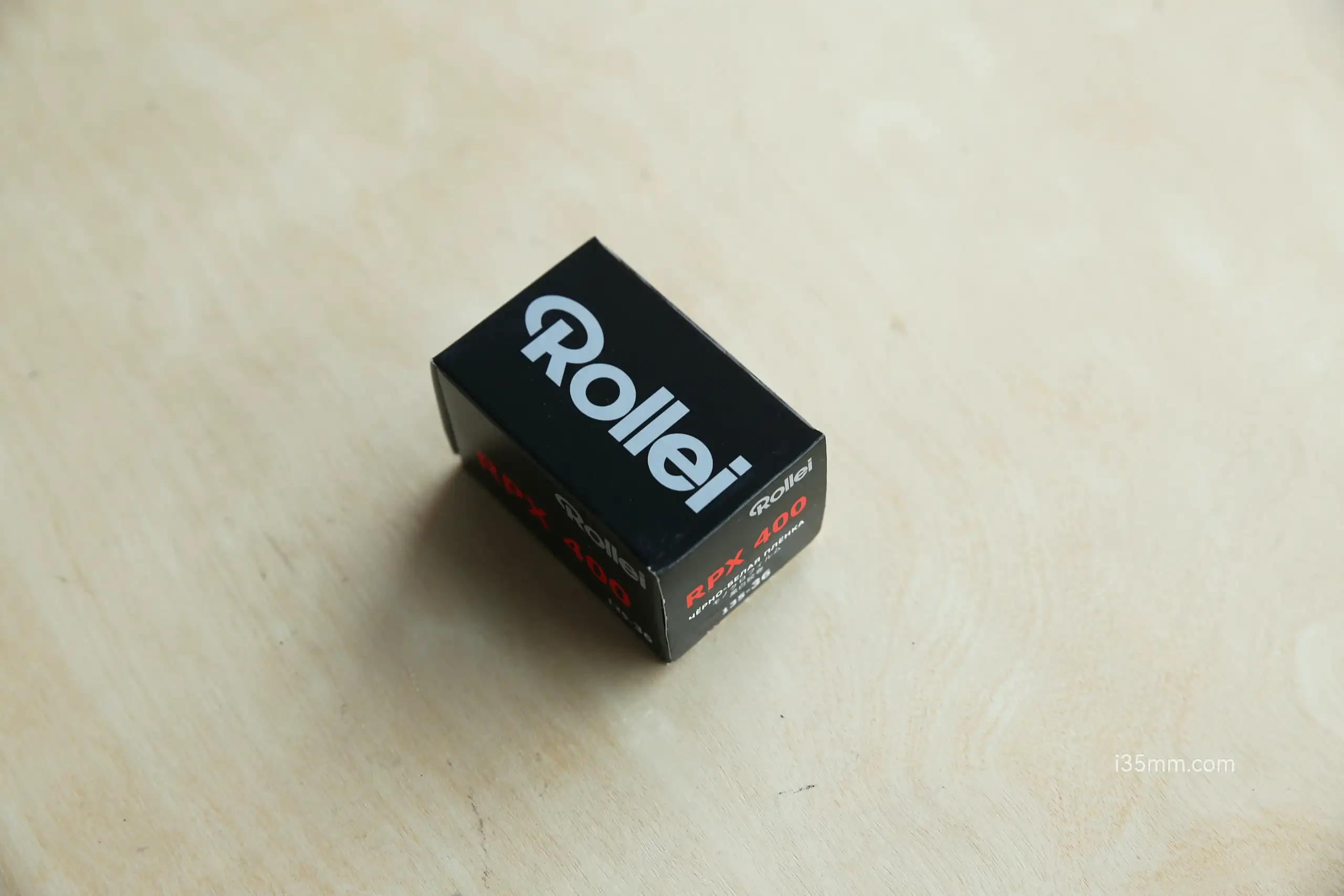
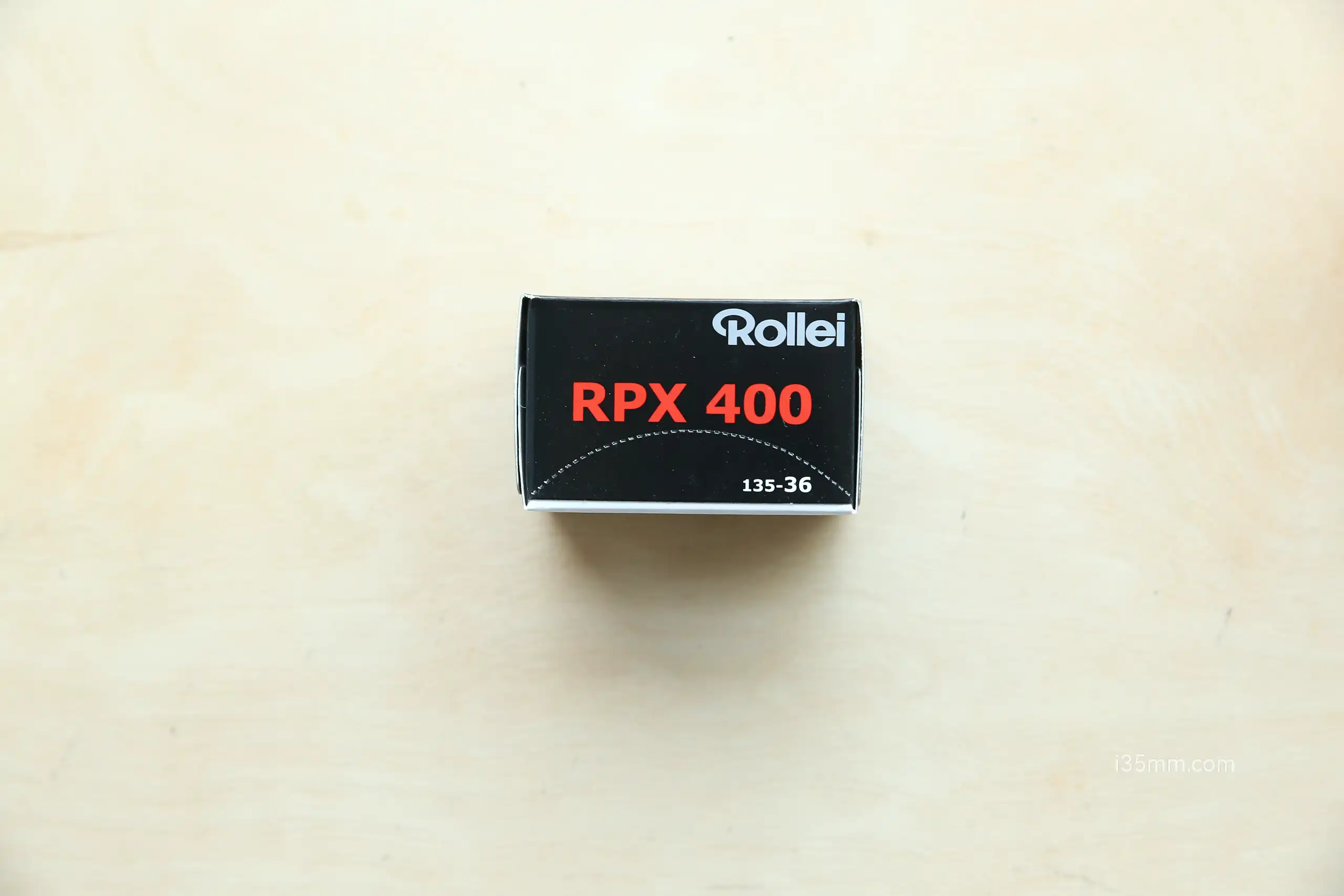
For those who enjoy shooting with Leica lenses at wide apertures, ISO 100 film remains a popular choice that offers greater convenience than ISO 400, particularly when using large apertures like f/0.95 or f/1.4. Furthermore, ISO 100 film can produce much finer image quality than ISO 400 film. The Rollei RPX film boasts a remarkably flat base, which allows for easy scanning without the need for flattening. This is a feature that I personally love.
However, while ISO 100 film is generally considered to be fine-grained, the grain may still be noticeable to some extent. Established brands such as Kodak, Ilford, and Fuji have invested considerable efforts in fine-grain technology. Nevertheless, the RPX film has several advantages: it is affordable, easy to develop, and has good tolerance. By contrast, many ISO 100 films have poor tolerance, particularly the Fuji Acros 135 and Ilford Pan 100. Rollei RPX, on the other hand, has a level of tolerance that is more commonly associated with ISO 400 films. The contrast of RPX 100 is also medium to high.
So why has Rollei resumed film production, offering various types of film including ISO 25, ISO 50, and ISO 100, all produced in Europe? According to the packaging of MACO PHOTO PRODUCTS, the company is located in Stapelfeld, Germany and is a subsidiary of Hans O. Mahn Gmbh & Co. KG, with a 36-year history of producing film. Interestingly, it comes from the same factory as Ilford and Kentmere in the UK, with only different formulations.

Rollei RPX 100 is a traditional medium-speed black and white film. This film is suitable for a wide range of photographic and scientific applications. Particularly portrait and landscape photography, architecture and product photography. The popularity of this film confirms its high quality. It is a fine grain film that enables good sharpness and a broad tonal range with good contrast.Continue reading Rollei RPX100 black and white film







